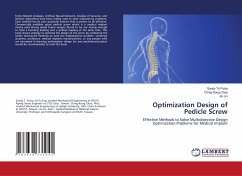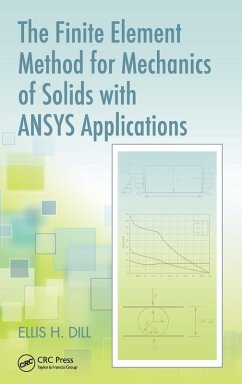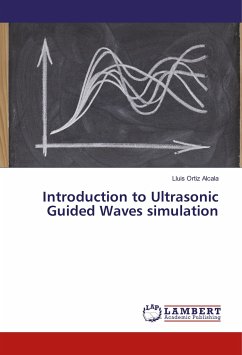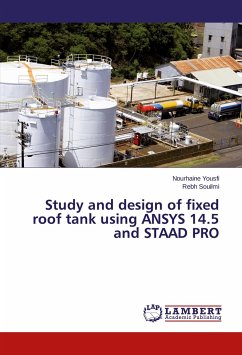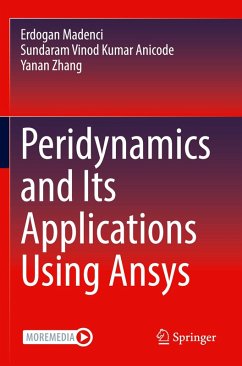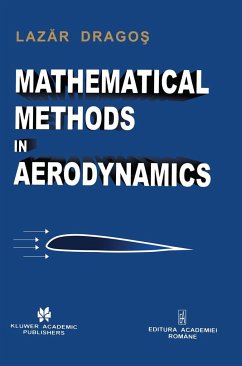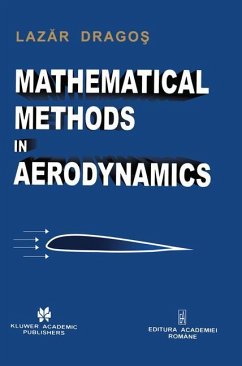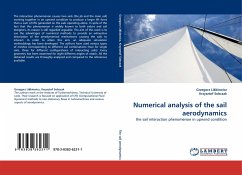
Numerical analysis of the sail aerodynamics
the sail interaction phenomenon in upwind condition
Versandkostenfrei!
Versandfertig in 6-10 Tagen
39,99 €
inkl. MwSt.

PAYBACK Punkte
20 °P sammeln!
The interaction phenomenon causes two sails (the jib and the main sail) working together in an upwind condition to produce a larger lift force than a sum of lifts generated on the sails operating alone. In spite of the fact that this phenomenon is widely known to both sailors and sail designers, its reason is still regarded arguable. The aim of this work is to use the advantages of numerical methods to provide an exhaustive description of the aerodynamical mechanisms causing the sails to interact. In order to attain this aim, an adequate simulation methodology has been developed. The authors h...
The interaction phenomenon causes two sails (the jib and the main sail) working together in an upwind condition to produce a larger lift force than a sum of lifts generated on the sails operating alone. In spite of the fact that this phenomenon is widely known to both sailors and sail designers, its reason is still regarded arguable. The aim of this work is to use the advantages of numerical methods to provide an exhaustive description of the aerodynamical mechanisms causing the sails to interact. In order to attain this aim, an adequate simulation methodology has been developed. The authors have used various types of meshes corresponding to different sail combinations (two for single sails, three for different configurations of interacting sails). Every geometry has been examined for eight different angles of attack. All the obtained results are throughly analyzed and compared to the references available.



